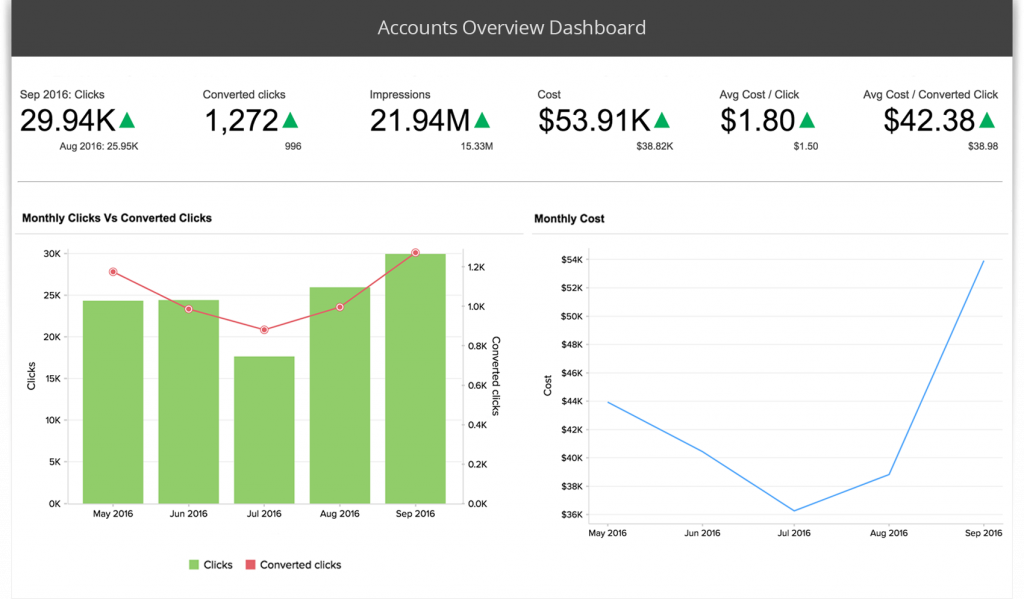How does Google Ads decide what ad to show? Whenever a user searches Google for information and enters a website that displays ads, an ad auction takes place very quickly.
Google Ads evaluates a record, called Ad Rank, and each ad being auctioned. Ad Rank specifies your ad position and decides on your ad’s eligibility to rank.
Generally, your ad’s highest Ad Rank will appear first, followed by the second-highest Ad Rank, being the second place (provided the ad meets the relevant threshold ). The following five factors determine how Google ranks ads:
When you develop an ad, you can choose to add more information to the ad, like a user’s number or more connections to identify pages on your site. This type of information is called “ad extensions.” Google calculates the way extensions with other ad formats that you use will affect the performance of the ad.
The following example briefly explains how Ad Rank works. However, this example does not cover all the factors discussed above:
Let’s say five advertisers are competing for up to 4 ad placements above the search results on a Google Search Engine Results Page (SERP). Each of these advertisers has an Ad Rank of 80, 50, 30, 10, and 5.
If the minimum Ad Rank required to show above the search results is 40, only the first two advertisers (with Ad Ranks of 80 and 50) meet the minimum requirement to show ads above search results.
If the minimum Ad Rank required to show below the search results is 8, then two of the remaining three advertisers (with Ad Ranks of 30 and 10) will have their ads shown below the search results. The advertiser with an Ad Rank of 5 does not meet the minimum Ad Rank requirements and will not show at all.




